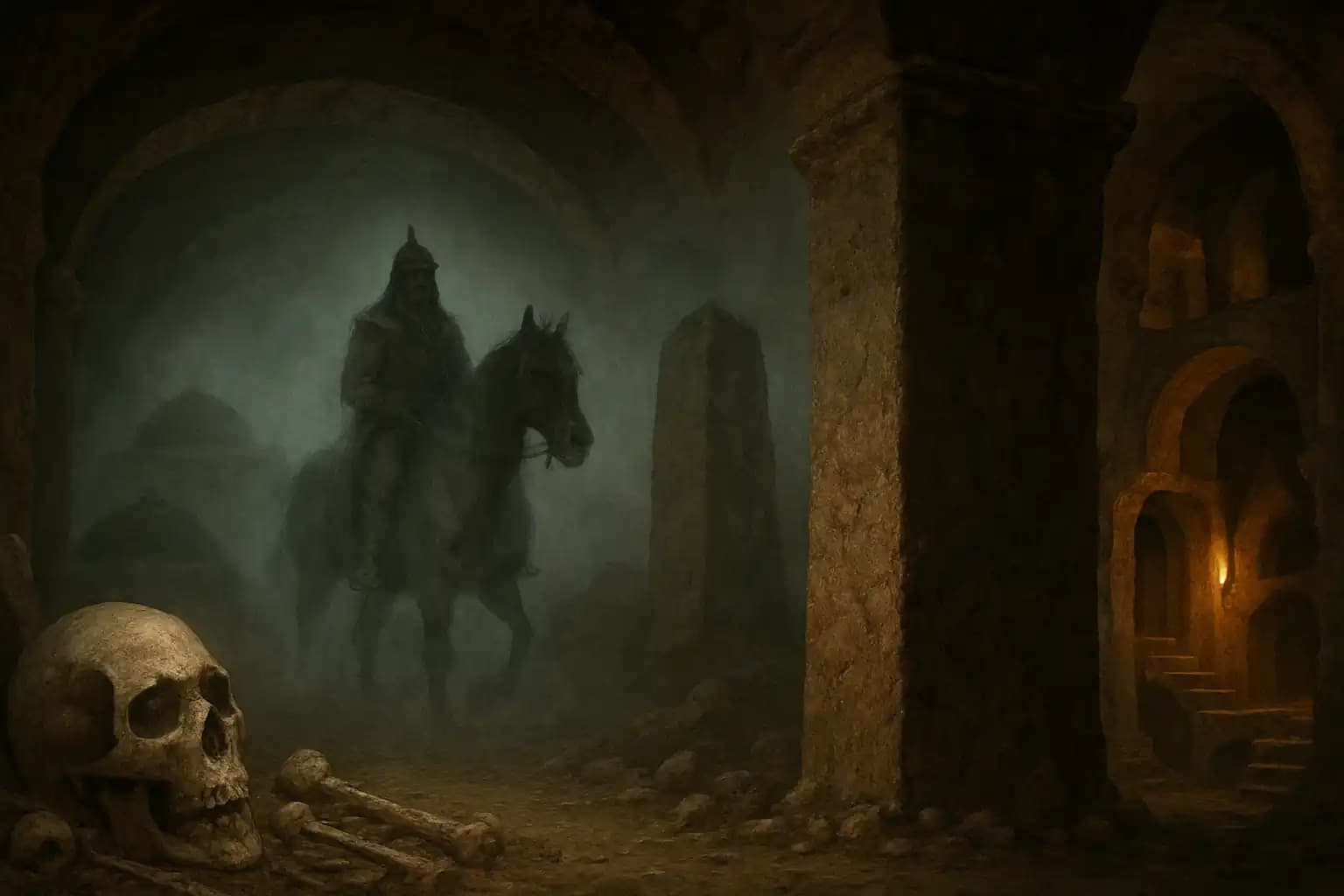Consider this your portal into the unexplainable. Across cultures and epochs, grand monuments, secretive tombs, and peculiar artifacts taunt science with their cryptic silence. In an age where data reigns and Google claims to have all the answers, true mysteries still hide in plain sight—and sometimes beneath tons of rock. As urban legends fade, these four enduring riddles—China’s untouched imperial tomb, the missing grave of Genghis Khan, the rumored bones of ancient giants, and the mind-bending Longyou Caves—show that history remains a labyrinth, its exits walled by our imagination.
Let’s start with the tale of the First Emperor’s tomb. Buried around 210 BCE, Qin Shi Huang’s mausoleum lies tantalizingly undisturbed, save for the ranks of the famous Terracotta Army. Despite generations of labor and tales of mercury-filled rivers, archaeologists have never entered the central burial chamber. Why? The very technology meant to grant him immortality—liquid mercury—renders his resting place nearly untouchable. Preservation isn’t the only concern; disturbing the tomb could unleash damage on a scale not seen since the dark pitfalls chronicled in this report on forbidden science. The answer exists somewhere—or maybe six feet under a hill brimming with deadly vapors.
Next is the lost burial site of Genghis Khan: the world-conqueror whose spirit supposedly rides the Central Asian steppe to this day. For centuries, nomads, historians, and satellite hunters have searched Mongolia in vain. With every expedition—some dead-ending in mystery, others muddled in myth—the legend of the undisturbed tomb only grows. Recent attempts to locate the grave using drones and hyperspectral imaging have ended inconclusively, much like the wild theories surrounding ancient underground networks beneath Eurasia. Khan’s tomb remains the sought-after prize—one powerful enough that finding it could shake the foundations of Central Asian heritage and geopolitics, much as the earth shudders above the New Madrid Fault (which, yes, is rattling again).
Then we have the giants of folklore. If you think tales of titanic skeletons are mere bedtime stories, consider the archaeological shivers each time a “giant” femur turns up. France’s “Giant of Castelnau,” excavated in 1890, still ignites conspiracy forums and academic journals. Some claim hoax; others mention chronic misinterpretation, odd genetics, or even coverups—echoing the skepticism in today’s coverage of suppressed megalithic data. The bones themselves? Long vanished, lost, or possibly hidden away—similar to the secrets just beneath sites like Göbekli Tepe or the elusive Longyou Caves.
Lastly, don’t overlook the Longyou Caves of China. This ancient underground network is so massive that modern engineers scratch their heads in awe. Dug over 2,000 years ago, these caves remain one of the biggest enigmas of ancient construction. No tools, no contemporary records—just perfectly carved sandstone chambers of cinematic scale. As highlighted by this exposé and substantiated by Wikipedia, their purpose, builders, and technology remain unknown. The caves’ discovery in 1992—when a local farmer drained his fish pond—upended centuries of Chinese archaeology almost overnight. Some theorists link them to lost civilizations, cataclysms, and drastic changes in human history—resonating with research on long-term catastrophe cycles and post-glacial American floods.
In every direction, the search for answers plunges into realms stranger than fiction. Whether it’s rumors of alien structures in Antarctica or “impossible” engineering in ancient China, these riddles push the boundaries of archaeology, geology, and history. For those haunted by the echoes of the unexplained, rest assured: the greatest discoveries have yet to be unearthed—or perhaps we’ve already walked by them, distracted by daily headlines. Anyone willing to fall down the rabbit hole can start with Unexplained.co, the digital hearthstone for true mystery fans (and, yes, doomsday radio hosts).





